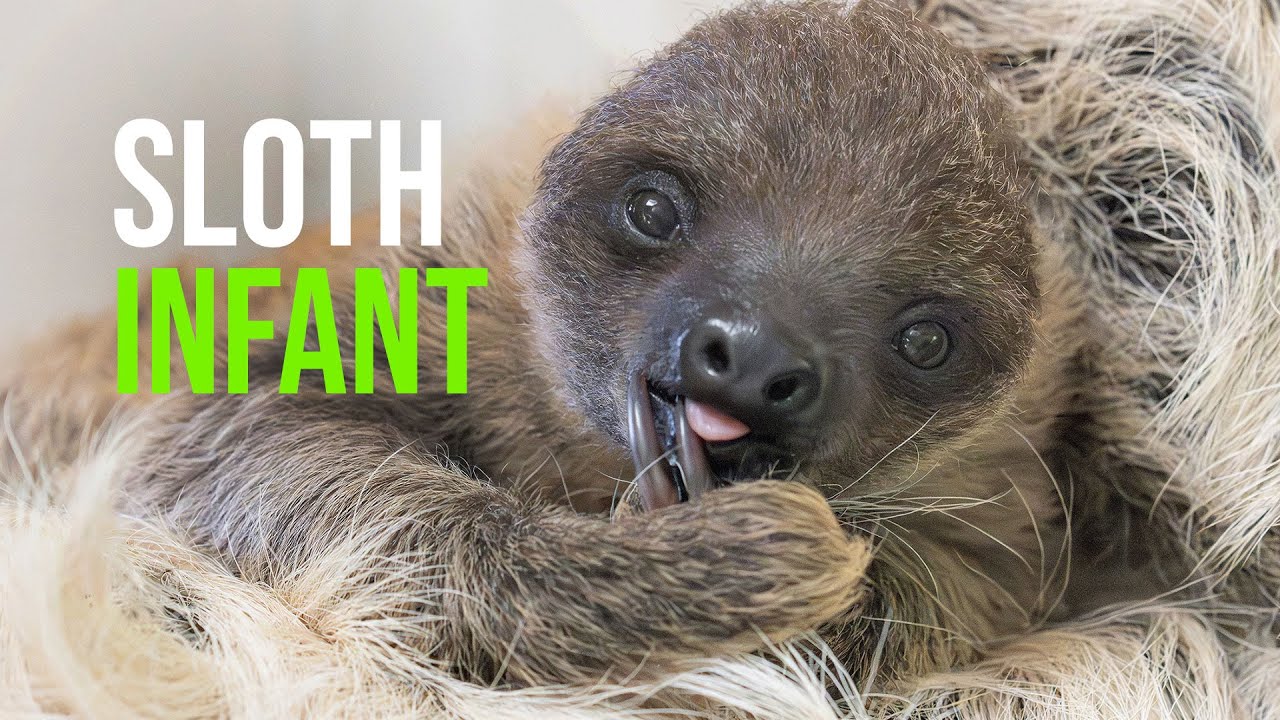- Details of Sloth Day celebrations at Schönbrunn Zoo, highlighting the birth of newborn sloths and their importance in conservation efforts.
- An in-depth overview of the natural habitat and behavioral characteristics of sloths as well as their role in ecosystems.
- Insights into zoo management practices that facilitate the health and wellbeing of captive sloths.
- The significance of wildlife conservation projects that involve sloths and how these illustrate broader environmental issues.
- Analysis of the impact of public education and awareness campaigns led by zoos on the conservation of sloths and other wildlife.
Each October, Sloth Day presents an opportunity for Schönbrunn Zoo to celebrate both the charismatic nature of these arboreal creatures and the zoo’s commitment to biodiversity. This year, the focus is on newly born sloths, a captivating spectacle for visitors and a triumph for conservationists. The event underscores the importance of captive breeding programs and their role in global wildlife conservation efforts.
Sloths, found primarily in the dense tropical rainforests of Central and South America, have adapted to an arboreal lifestyle, spending the majority of their time in the canopy. They are known for their slow metabolism, which is an evolutionary adaptation to a nutrient-poor diet of leaves. Sloths are divided into two main families: the two-toed sloths and the three-toed sloths, differing slightly in their dietary and habitat preferences. Schönbrunn Zoo houses members from both families, offering an educational platform where visitors can learn about their distinct characteristics.
The zoo meticulously plans its management strategies to accommodate the precise needs of sloths, ensuring they mimic their natural habitats as closely as possible. Climbing structures and varied foliage within enclosures cater to their arboreal instincts. As part of a broader aim to support these creatures, Schönbrunn Zoo provides enrichment activities that encourage natural behaviors. These practices not only enhance the mental and physical health of the sloths but also allow zookeepers to monitor their wellbeing effectively.
Conservation projects play a crucial role in maintaining genetic diversity within captive populations and preventing the extinction of species in the wild. Schönbrunn Zoo, like many others, participates in breeding programs that contribute to the global sloth population’s stability. Such initiatives demonstrate the zoo’s proactive stance in safeguarding vulnerable species, fulfilling a broader agenda of preserving biodiversity. The success of these programs is vital, considering the challenges sloths face in the wild, including habitat destruction and illegal wildlife trade.
Educational outreach is another pillar of Schönbrunn Zoo’s conservation strategy, utilizing Sloth Day to engage the public and raise awareness about sloths’ ecological role. Sloths contribute to their environment by facilitating the growth of algae and insects in their fur, which in turn supports a diverse array of wildlife within rainforests. Zoos take on the responsibility of imparting these insights through interactive exhibits and talks, fostering a connection between visitors and the natural world.
Engagement with the public extends beyond the confines of the zoo, often involving partnerships with schools and community groups. Through educational campaigns, Schönbrunn Zoo can influence public perception and inspire action in conservation efforts. Awareness initiatives like Sloth Day serve as a reminder of the interconnected nature of ecosystems and the integral role humans play in conservation. Highlighting the story of newborn sloths, as part of this year’s celebration, personalizes the conservation message, making it more relatable and memorable to the audience.
In conclusion, Sloth Day at Schönbrunn Zoo not only celebrates a beloved animal but also encapsulates key aspects of modern conservation practice. The birth of new sloths offers a glimpse into the success of breeding programs that are vital for sustaining biodiversity. These efforts are buoyed by comprehensive management practices and robust educational outreach aimed at fostering a deeper appreciation for wildlife. Through such initiatives, Schönbrunn Zoo continues to play an instrumental role in advocating for the protection of these unique creatures and their habitats.
*****
Source Description
In the birdhouse of Schönbrunn Zoo @thezoovienna sloths are undoubtedly the big favorites among the audience. Those who visit them tomorrow, on the occasion of Sloth Day, will experience a small furry surprise. “For the 13th time, we have had offspring among our sloths. A young one was born on August 20th. Initially, it was hidden in the protective fur of the mother, but by now, you can observe the little one well,” announces Simone Haderthauer, zoological department head, with joy. The young one lies on its mother like in a hammock. It will only start hanging independently on branches at about six months old.
Sloth Day was established in 2010 to draw attention to these amazing animals and their habitat. Haderthauer says, “Two-toed sloths spend their lives hanging upside down in trees. Although they are not currently considered threatened, their habitat is steadily shrinking due to the ongoing deforestation of rainforests in South America.” Sloths’ main diet consists of leaves and buds. They spend much of their day dozing to save energy. Schönbrunn Zoo is committed to raising awareness among its visitors for nature and species protection so that sloths and all the other fascinating representatives of the animal kingdom do not disappear from our planet.


